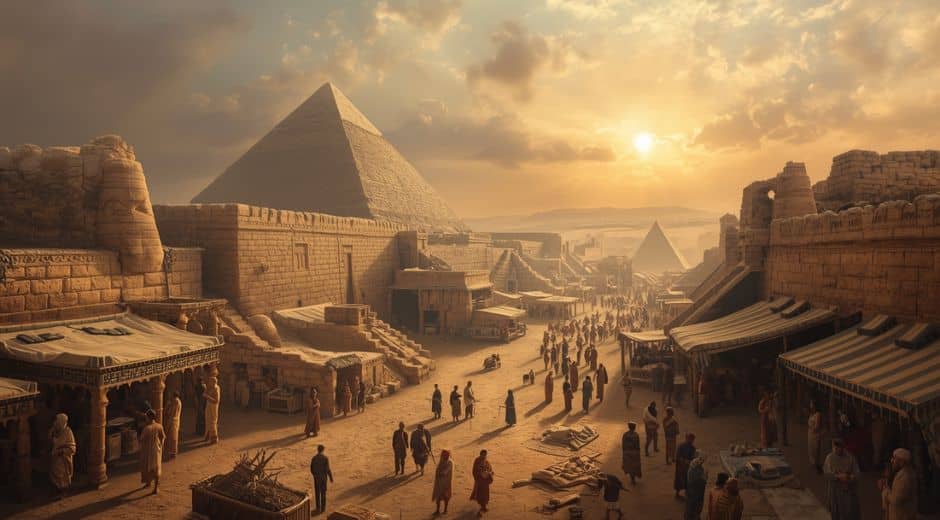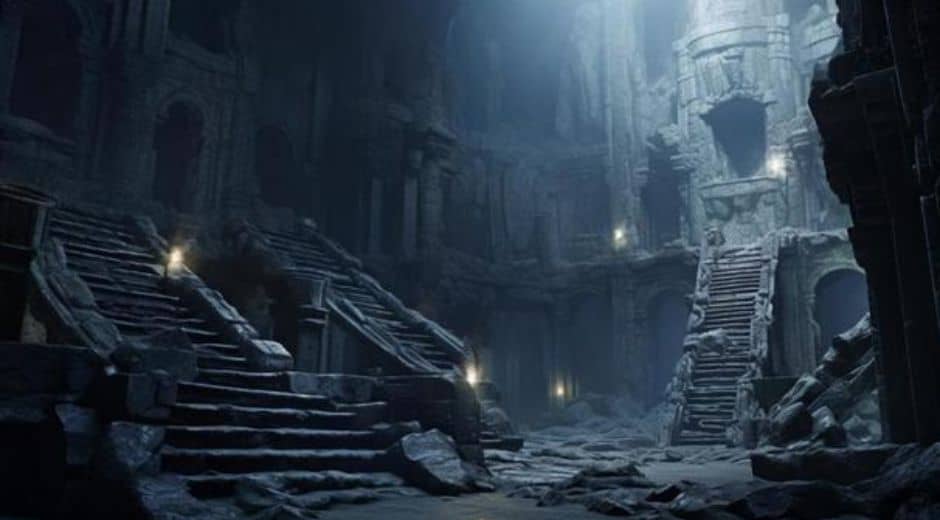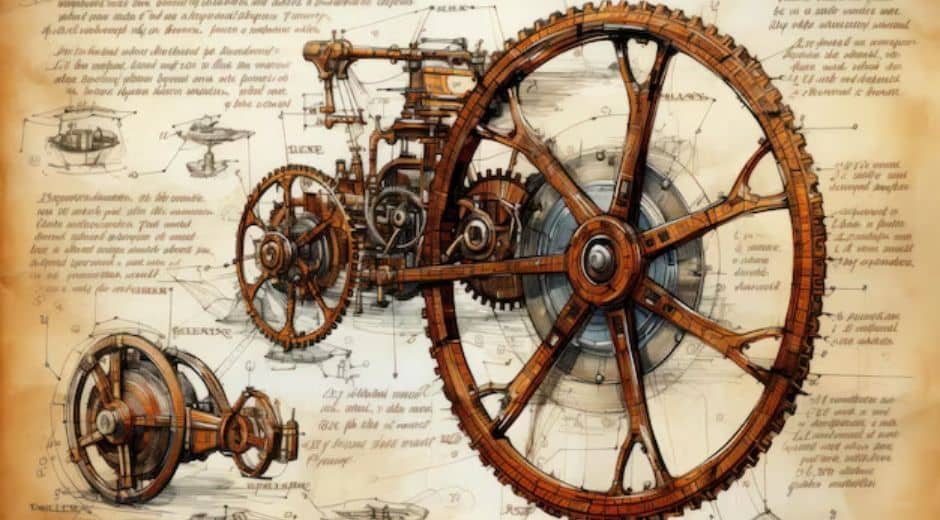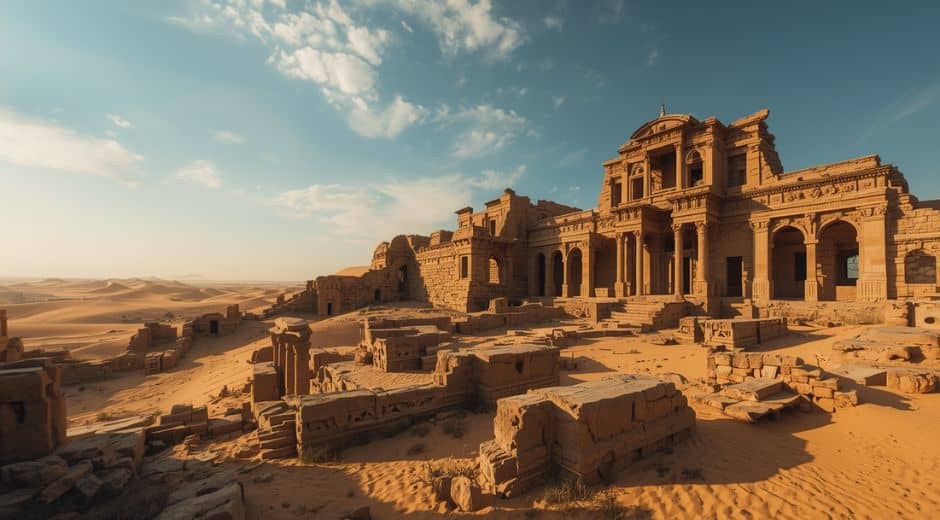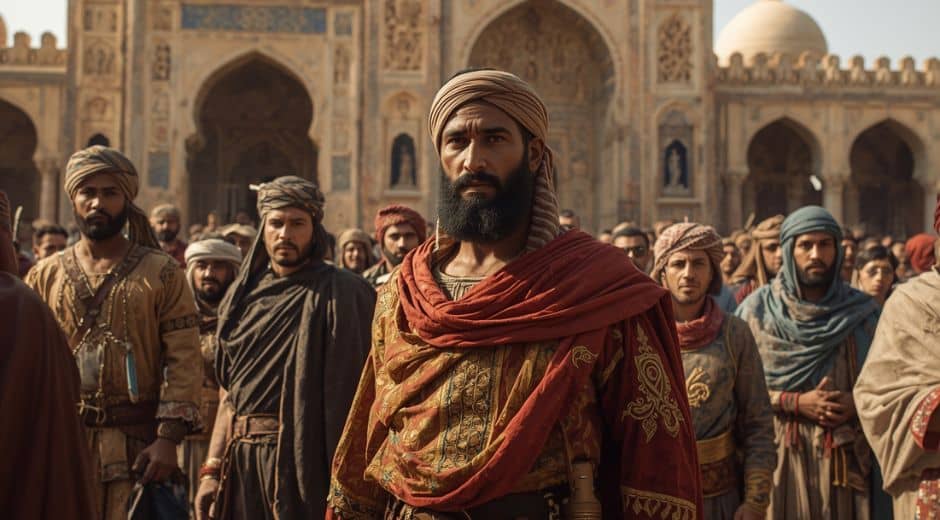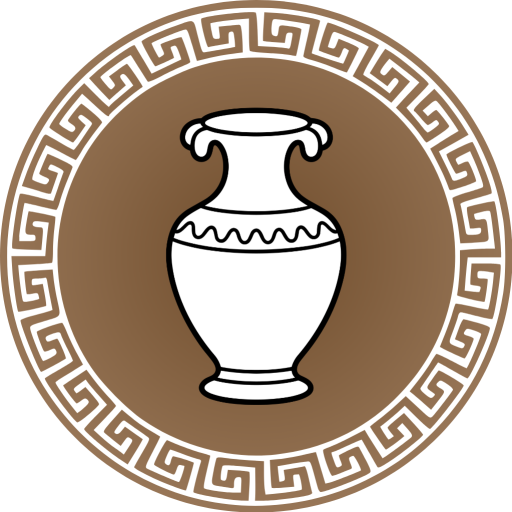Mesopotamia’s Lasting Legacy: The Birthplace of Civilization
The story of human civilization begins in Mesopotamia — the fertile land nestled between the Tigris and Euphrates rivers. Often called the cradle of civilization, Mesopotamia was home to the earliest cities, governments, and written languages known to humankind. This region, located in modern-day Iraq and parts of Syria, Turkey, and Iran, remains one of the most fascinating chapters in world history. Its influence still echoes through our societies today.
The Foundation of Cities
Before Mesopotamia, humans lived in scattered nomadic tribes. Around 4000 BCE, something remarkable happened — communities began to settle permanently. The rich soil of the river valleys allowed people to grow surplus crops, giving rise to stable settlements such as Uruk, Ur, and Eridu. Uruk, in particular, is often cited as the world’s first true city, with complex administration, trade systems, and monumental architecture.
The development of these urban centers required social organization. Leaders emerged, temples were built, and trade networks spread across the region. What had once been small farming communities transformed into bustling hubs of innovation.
The Invention of Writing
One of Mesopotamia’s greatest contributions was the invention of writing. Around 3200 BCE, the Sumerians developed cuneiform — a script made by pressing wedge-shaped marks into clay tablets. At first, it was used for record-keeping, but soon expanded into literature, law, and mythology.
The Epic of Gilgamesh, one of the world’s oldest surviving works of literature, emerged from this region. This story of heroism, mortality, and the search for meaning has influenced countless cultures across time. The fact that it still resonates thousands of years later is a testament to the depth of Mesopotamian thought.
For a deeper insight into how ancient writing transformed humanity, you can explore research from The British Museum, which holds one of the largest collections of Mesopotamian tablets ever discovered.
Governance and Law
Mesopotamia also gave birth to structured systems of governance. The city-state model first appeared here, with rulers overseeing not only trade and defense but also religion and justice. The most famous example is Hammurabi, king of Babylon, who established one of the earliest written legal codes — the Code of Hammurabi.
This code, inscribed on stone pillars, was revolutionary for its time. It represented the idea that society could be governed by established laws rather than arbitrary power. The principles of justice it outlined — fairness, accountability, and protection for the weak — still underpin modern legal systems.
The Role of Religion and Myth
Religion played a central role in Mesopotamian life. Each city was dedicated to a patron deity, and temples known as ziggurats dominated the skyline. These massive stepped structures served as both religious and administrative centers.
The Mesopotamians believed the gods controlled nature, fate, and destiny. Their myths often sought to explain the mysteries of life and the cosmos. Stories like the flood narrative found in the Epic of Gilgamesh later influenced Abrahamic religious traditions, demonstrating how ancient Mesopotamian beliefs helped shape global spirituality.
Innovation and Everyday Life
Beyond writing and law, Mesopotamia was a hub of innovation. The wheel, the plow, and advanced irrigation systems were all developed here. These inventions revolutionized agriculture and trade, laying the groundwork for economic expansion.
Daily life in Mesopotamia was surprisingly organized. Citizens followed routines tied to the seasons and to temple ceremonies. There were farmers, artisans, traders, and priests, each contributing to the society’s complex structure.
Archaeological discoveries, including artifacts and temple carvings, provide vivid insight into this ancient world. For further reading, you can check SportSoulPulse, where you’ll find in-depth historical studies and cultural analyses that complement Mesopotamia’s legacy.
Mesopotamia’s Enduring Influence
The civilizations that flourished here — Sumer, Akkad, Babylon, and Assyria — all left deep marks on human progress. From language and mathematics to governance and spirituality, their legacy became the foundation upon which later empires built.
Even after the decline of Mesopotamian city-states, their ideas survived, spreading through the ancient world via trade, conquest, and cultural exchange. The notion of centralized authority, written law, and organized religion all trace back to these early innovators.
Internal Link Integration
At Chronostual, we explore how the roots of civilization evolved through these formative epochs, showing how Mesopotamia’s achievements set the stage for Egypt, Greece, and Rome. History may move forward, but the patterns established in Mesopotamia continue to shape how humanity organizes itself even today.
Conclusion
Mesopotamia is not just an archaeological marvel; it’s a living symbol of human ingenuity. Its story reminds us that progress begins with curiosity — with people daring to settle, record, and build. The cities that once stood along the Tigris and Euphrates may now be ruins, but their spirit lives on in every law written, every book printed, and every society that values order and creativity.
Mesopotamia’s lasting legacy proves that even in the distant past, humanity was already laying the foundations for the world we know today.
History Insight Legacy

The French Revolution: When the People Rose
The French Revolution ignited a new era of freedom, equality, and human rights, transforming society and inspiring movements that shaped the modern world.

Leonardo da Vinci: Genius Beyond Time
Leonardo da Vinci, the ultimate Renaissance mind, merged art, science, and imagination to redefine creativity and human potential across centuries.

The Black Death: Hidden Impact Behind the Plague
The Black Death reshaped medieval Europe in ways beyond devastation, triggering hidden social, cultural, and economic transformations that redefined civilization.
